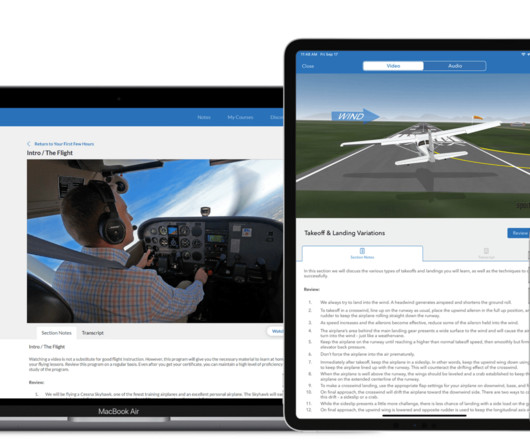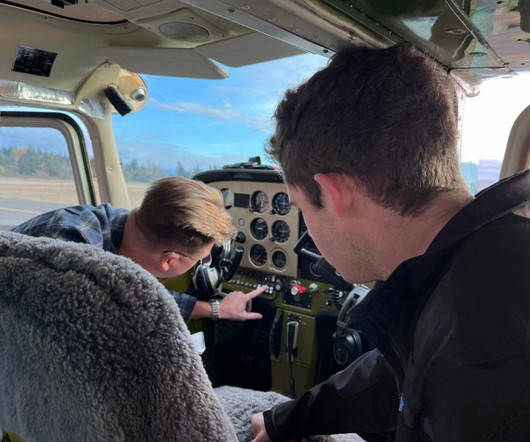Top 10 apps for Student Pilots
iPad Pilot News
OCTOBER 8, 2024
Top 10 apps for Student Pilots iPad Pilot News The iPad is a great tool for pilots of all skill levels, from airline captains to student pilots. Student pilots can take advantage of all these benefits and use the iPad to save time and money during flight training with great apps available from the App Store.















Let's personalize your content